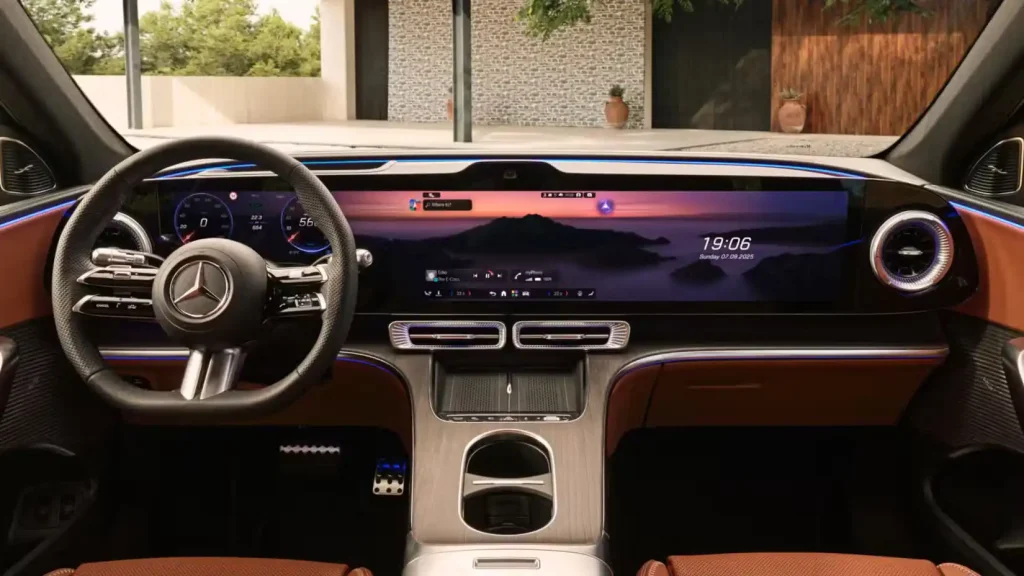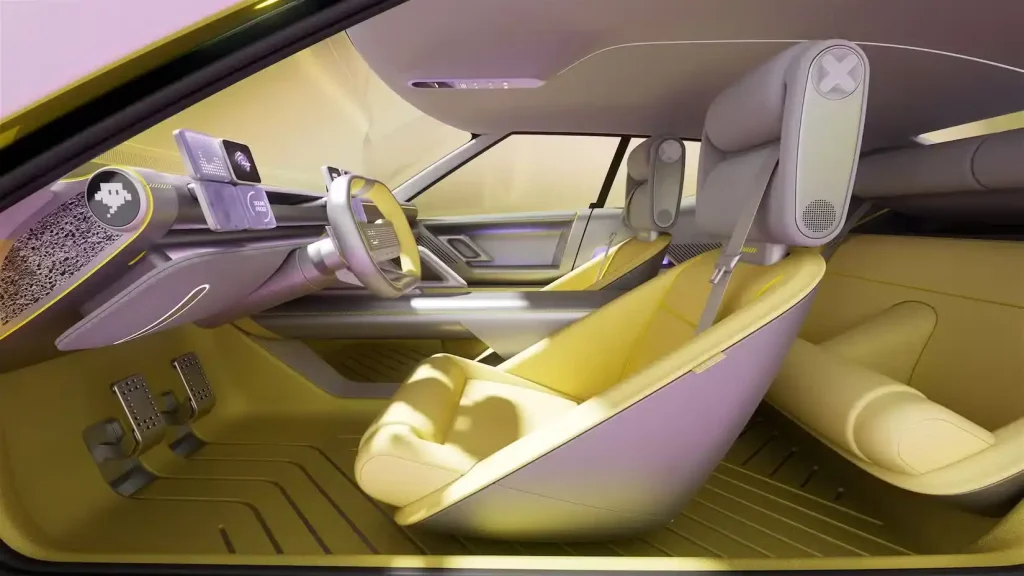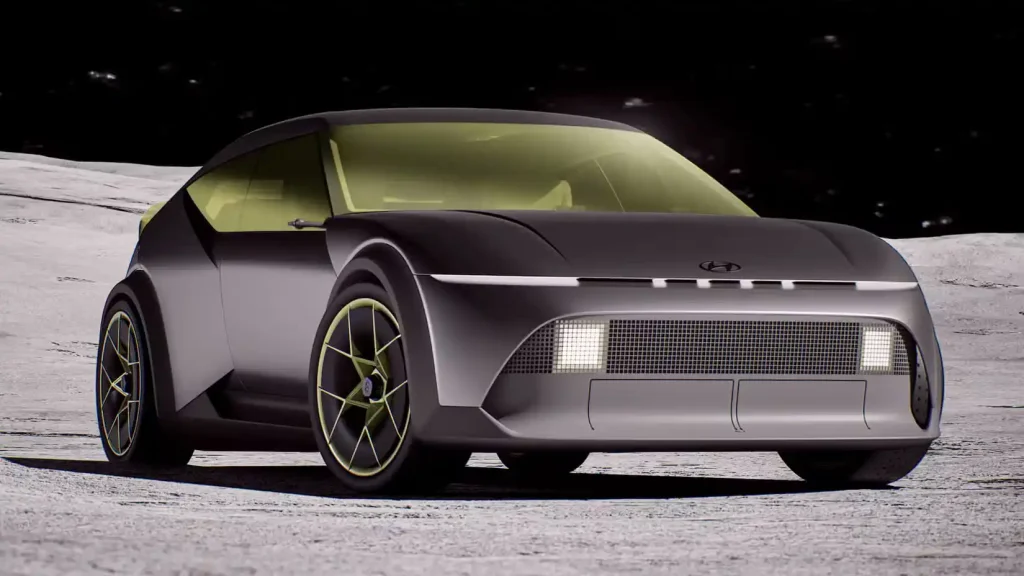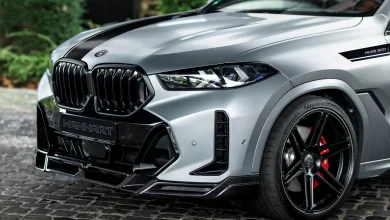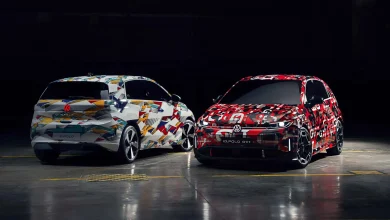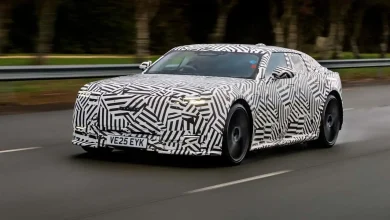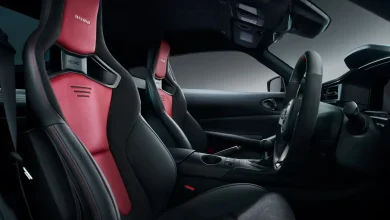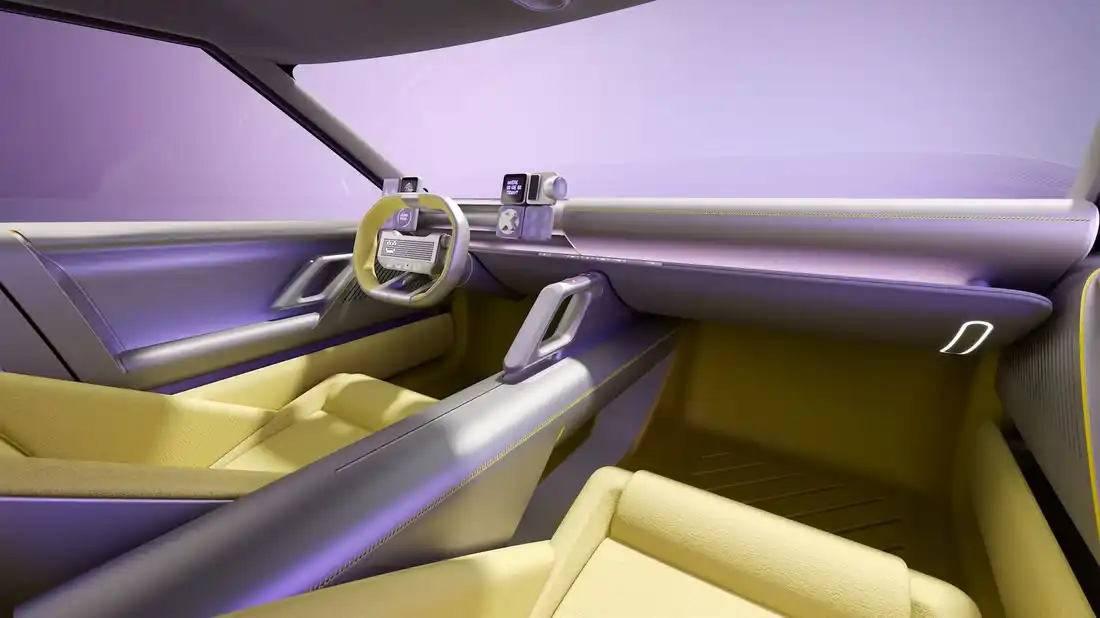
Over the past ten years, touchscreens have increasingly dominated modern car interiors. While Chinese vehicles aren’t commonly seen in the U.S., many of them integrate even basic functions—like side mirror adjustments and headlight controls—into their infotainment systems. Mercedes-Benz has taken this concept to the extreme with the new Mercedes-Benz GLC featuring EQ Technology, outfitted with a massive 39.1-inch screen that consolidates nearly all vehicle functions into a single digital hub.
Not all automakers are on board with this trend. Hyundai, for instance, plans to take a different approach for the production version of its Concept Three, which debuted at IAA Mobility. Inside the Concept Three, the focus is on customizable widgets, with key information projected at the base of the windshield. This setup keeps essential data directly in the driver’s line of sight, avoiding the complexity of navigating through multiple sub-menus.
Physical Buttons for Frequently Used Features
Simon Loasby, head of the Hyundai Design Center, explained the thinking behind the Concept Three’s cabin design in an interview with Auto Express. He noted that drivers are often frustrated by having to navigate through multiple menus for simple functions like seat heating or climate control. While Hyundai isn’t abandoning screens altogether, Loasby questioned the assumption that touchscreen interfaces should be the default for frequently used features.
“‘People are happy to navigate menus for high-tech features,’ Loasby explained, ‘but for instant interactions—like adjusting temperature, air conditioning, volume, seat heating, or skipping tracks—these functions are used so frequently that it raises the question: why rely on a screen at all?’”
Although the production version of the Concept Three—and future Hyundai models—will still feature some screens, the company plans to reduce touchscreen dependence across its lineup over the next 18 months.
Is This the End of Huge Screens?
This isn’t the first sign that Hyundai plans to bring back more tactile controls. Earlier this year, Loasby confirmed that the company intends to reintroduce physical buttons and avoid fully digital interiors in upcoming models—including Genesis vehicles. This approach appears to be the first step in a broader rethink of how drivers interact with their cars.
Our philosophy is to keep drivers’ eyes on the road and their hands on the wheel,’ Loasby said. ‘That way, you can quickly access your most frequently used functions without distraction.
Other automakers, including Volkswagen, are reaching similar conclusions. The German brand has acknowledged that customer feedback prompted a reevaluation of its minimalist interiors and a return to traditional buttons. With the Concept Three—likely to become the Ioniq 3—Hyundai joins a growing number of manufacturers recognizing that thoughtfully placed physical controls can be more intuitive and safer than yet another touchscreen menu.
